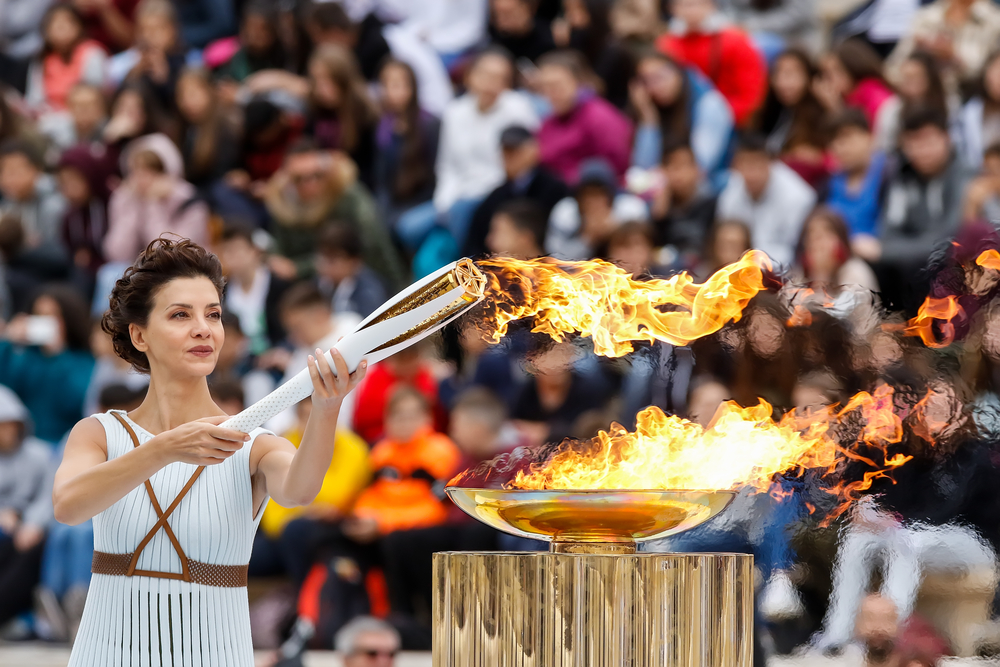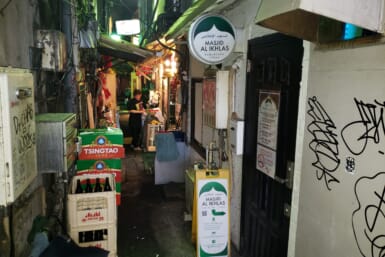Though we are far from closing the book on the Covid-19 pandemic, the Tokyo 2020 Olympics are moving forward, hoping for safe and limited Games. Following the tradition, the Olympic torch will make its way through Japan’s 47 prefectures, starting in Fukushima on March 25, before arriving in Tokyo in late July.
Starting at Komazawa Olympic Park in Setagaya ward, the Tokyo 2020 torch will traverse all 23 wards of Tokyo as well as all 26 of the metropolitan prefecture’s municipalities, ending at the New National Stadium on July 23, 2021.
“Through the torch relay, which will visit wonderful locations in Tokyo, we will show the world our city’s diverse attractions,” said Tokyo Governor Yuriko Koike in a released statement early last year. “Having as many people as possible cheer along the route and take part in the various ceremonies, we will channel the wishes of all of the people of Japan into the Games and build momentum.”
Join the celebration and cheer on the torch as it passes the following points of interest along the route. Those interested in traveling the complete circuit can consult the detailed schedule here.
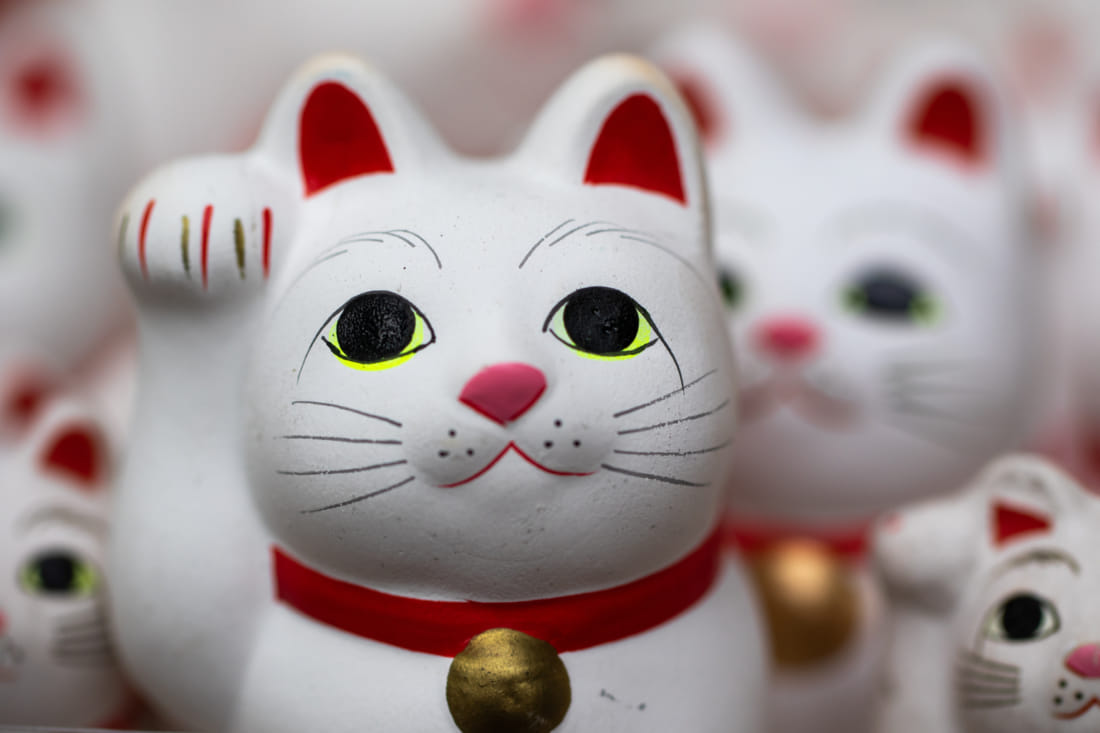
Alisia Luther / Shutterstock.com
July 9: Setagaya
Arriving from Saitama, the Tokyo relay starts in Setagaya on July 9. More specifically at the Komazawa Olympic Park, a legacy of the 1964 Tokyo Games and, at the time, a symbol of the prosperity the latter half of the 21st century brought to Japan. Today, it’s a coveted location for runners and cyclists.
The Olympic flame will travel throughout the western parts of Tokyo, including Tama and Hachioji on July 10, Okutama and Ome on July 11, Fussa and Tachikawa on July 12, Kokubunji and Kodaira on July 13 and Koganei and Fuchu on July 14. On July 15 the torch starts in Chofu before heading out to sea and visiting Tokyo’s islands of Niijima, Oshima and others. The torch makes landfall on July 16, hitting up Mitaka and the surrounding ares before coming back on July 17 to conquer all of Tokyo’s other 22 wards.
July 17: Suginami, Nakano and Nerima
These northwestern wards are well-loved for those who don’t want to be caught up in the city’s fast-paced lifestyle. Here you’ll find great coffee shops during the day and cool izakaya during the evening – according to DJ Risa Taniguchi.
Notable landmarks include Momoi Memorial Park and Sanshi-no mori Park in Suginami; and the traditional shopping streets around Nakano and Shin-Nakano stations in Nakano.
Have some time to kill? Cool down at one of these trendy cafes, three of which are located in Suginami.
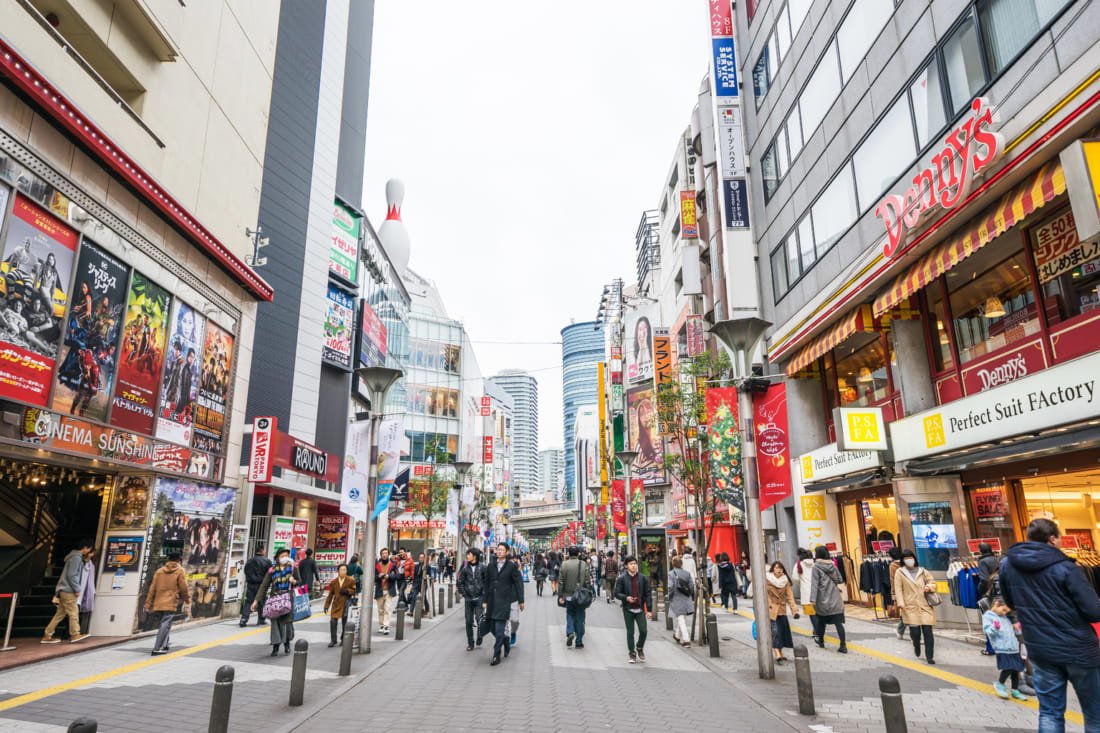
voyata / Shutterstock.com
July 18: Toshima, Itabashi, Kita and Adachi
Toshiba and Itabashi wards are the perfect in-between for those who want to be close to the city center but don’t want to deal with the hustle and bustle. There are more than enough things to do to keep you busy for a few days. Kita and Adachi wards are a little more residential but a great place if you want to be closer to Tokyo’s cultural centers.
Notable landmarks include around Ikebukuro Station and Sunshine City in Toshima; Azukawa Park in Itabashi; Arakawa River in Kita and Adachi.
Looking for something to do in Ikeburuko? Read our area guide.
July 19: Katsushika, Edogawa, Sumida and Arakawa
This stretch of the route showcases the more traditional side of Tokyo with popular attractions including Tokyo Skytree, Sumida Aquarium and the Hokusai Museum. It’s a great place to end the day, especially considering it’s not too far from the best firework spots in the capital.
Notable landmarks include Sumida Park and Ryogoku Sumo Hall in Arakawa.
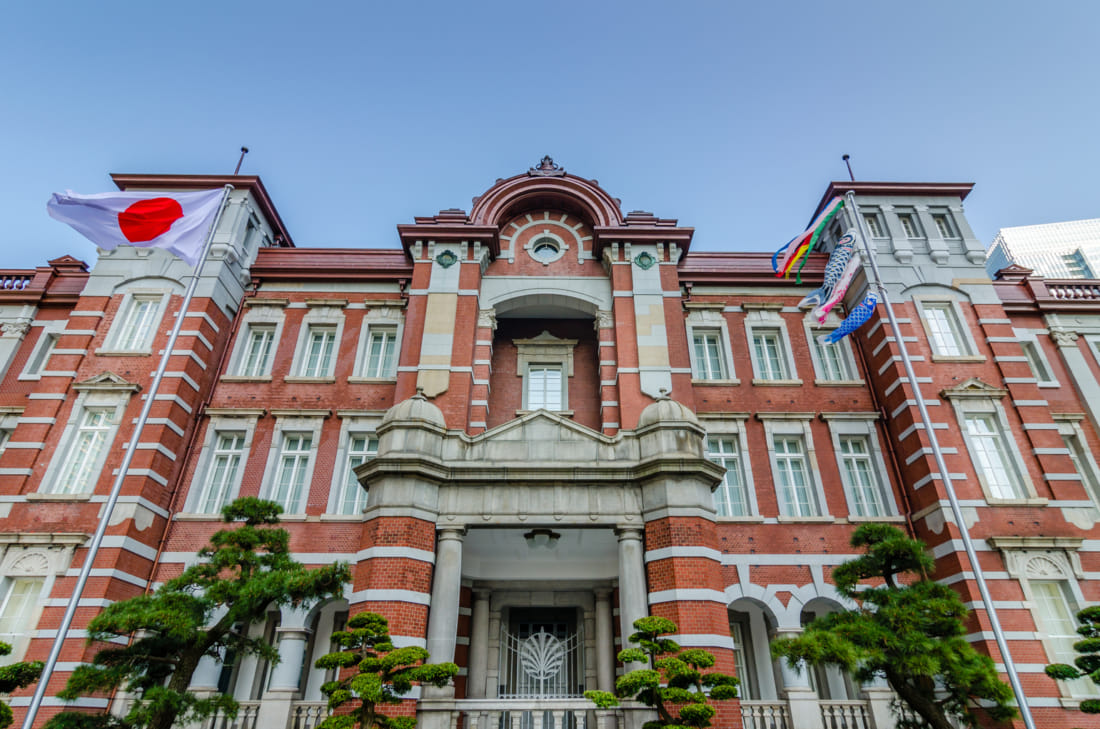
Korkusung / Shutterstock.com
July 20: Taito, Bunkyo, Chiyoda and Chuo
These are the wards where many of us have spent our first days in Tokyo. It has everything you could possibly want to see during your stay, from the Imperial Castle to vintage electronics.
Notable landmarks include Sumida Park, Sensoji and around Ueno Station in Taito; Kyoikunomori Park in Bunkyo; Akihabara, Marunouchi and Hibiya neighborhoods in Chiyoda and Chuo.
Spending some extra time in Asakusa? Read our area guide.
July 21: Koto, Ota and Shinagawa
Considered to be more industrial and residential areas, Koto, Ota and Shinagawa wards are the highlights of Day 13. If you’ve ever wanted to get a glimpse at the day-to-day of a Tokyoite, there’s no better place.
Notable landmarks include Tamioka Hachimangu and Kameido Katori shrines as well as around Aomi Station in Koto; Heiwanomori Park in Ota; Higashi-Shinagawa Kaijo Park, around Oimachi Station and Shinagawa Central Park in Shinagawa.
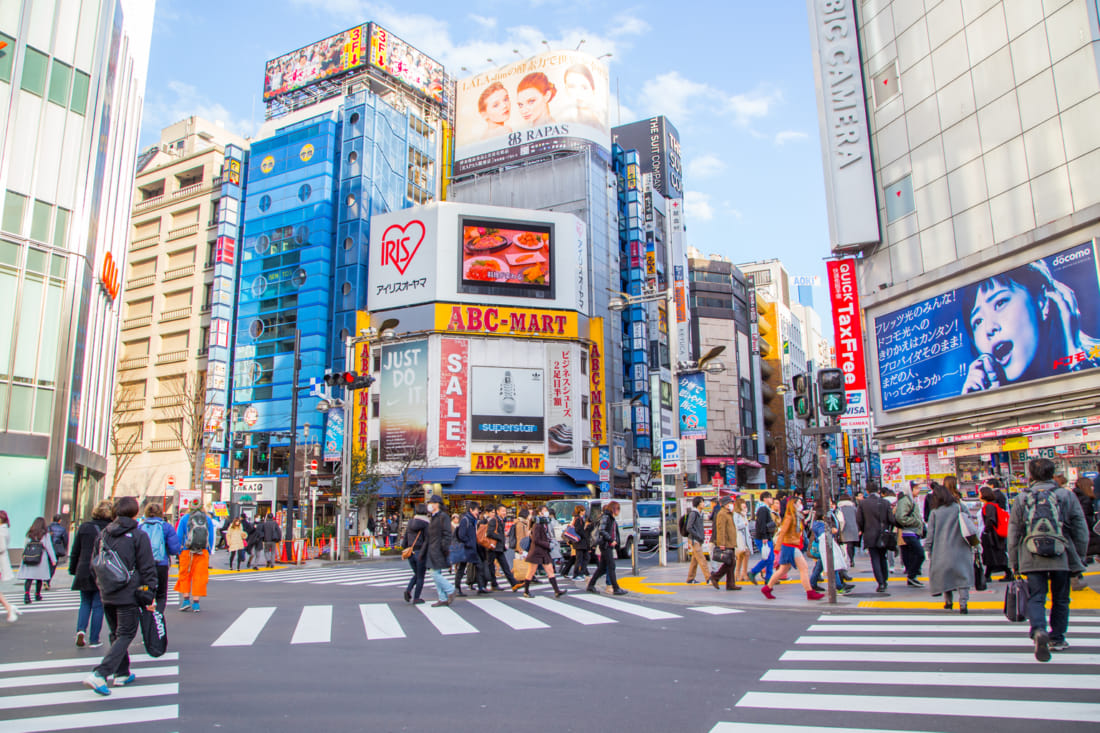
Byjeng / Shutterstock.com
July 22: Meguro, Minato and Shibuya
The second-to-last day is all about west Tokyo, which caters to a younger and more fashionable crowd. Across Meguro, Minato and Shibuya wards, you’ll find everything to carry you through a good shopping spree, some of the best pastries in the city and a vibrant nightlife.
Notable landmarks are around Nakameguro Station in Meguro; around Shibuya Station, Harajuku and Yoyogi Park in Shibuya; Akasaka, Roppongi and Azabu-Juban neighborhoods, and Tokyo Tower in Minato.
July 23: Shinjuku
The finish line is of course set in the most important business district: Shinjuku. Home to the Tokyo Metropolitan Government offices and the busiest station in the world, it suits the grand finale quite well. Shinjuku is also a massive shopping district carrying the best of local and international brands.
Notable landmarks include Shinjuku Gyoen, Kabukicho, Golden Gai and around Shinjuku and Shinjuku-sanchome stations.
There are many parks that made this list. After all, Tokyo isn’t all concrete and skyscrapers. If you’re only in town for a few days, here are our top eight most beautiful parks in the city.

